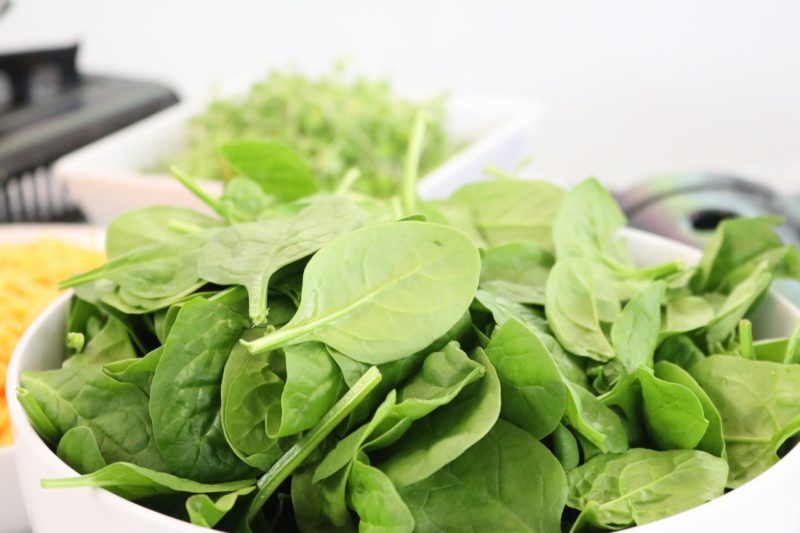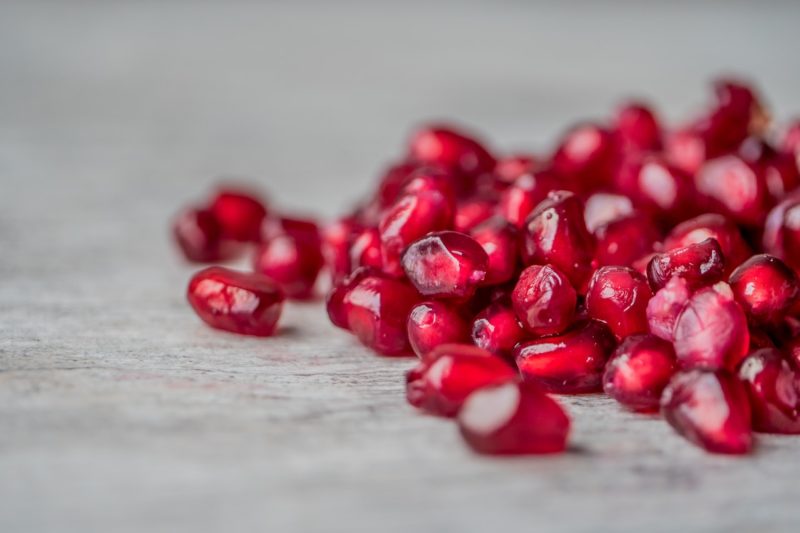January 2020 The Dish on Antioxidants
By Lindsey Richardson
You may have heard about antioxidants, but what are they really?
Antioxidant is a general term used for the vitamins, minerals, and other chemicals found in food. Antioxidants are often the pigments found in the skins of fruits and vegetables that give them their color. For this reason, foods that exhibit extremely bright or extremely dark colors tend to be rich sources of antioxidants.
Why do you need antioxidants?
Antioxidants help protect your body from damage to cells, protein, and even DNA that occurs as a result of stress and free radicals. Free radicals are atoms that are produced from internal body processes and some external factors. Damage to our cells can worsen over time and may contribute to blood vessel disease, cancer, and other chronic conditions, thus making it critical that we eat a diet high in antioxidants.
Some ways you may be exposed to free radicals:
- Normal everyday processes
-
- Digestion to break down food
- When the body breaks down certain medicines
- Exercise
- Exposure to external pollutants, such as heavy metals and cigarette smoke
- Inflammation
So, where can you get antioxidants?
You’ve probably heard of vitamins A, C, and E. But what about beta-carotene, flavonoids, or selenium? These are all antioxidants that can be found in a variety of foods. Always aim for fruits & vegetables that represent all the colors of the rainbow. In general, the more vibrant the color, the more antioxidants it packs!

Vitamin C has been shown to boost immunity, help in iron absorption, and prevent against chronic diseases. Look for vitamin C in green vegetables, tomatoes, and citrus fruits like oranges and grapefruits.
Vitamin E may help prevent heart disease, inflammation, and may also promote eye health. Vitamin E is found in whole grains, vegetable oils (olive, sunflower, canola), nuts, and leafy green vegetables.
Beta-carotene is the red-orange pigment found in fruits and veggies which may help slow cognitive decline and protect against heart disease. Carrots are especially high in beta-carotene, as well as other fruits, grains, squash, spinach, and other green vegetables.
Selenium plays an important role in the body’s metabolism and may help reduce inflammation that could lead to heart disease. Find selenium in grains, onions, garlic, nuts, soybeans, seafood, meat, and liver.

Flavonoids are plant chemicals found in almost all fruits and vegetables that can be protective against a variety of diseases. Green tea, grapes, red wine, apples, chocolate, and berries have high concentrations of flavonoids.
Can I just take a supplement?
Eating an antioxidant in its natural state (whole foods) is far better than taking a supplement because you can have too much of a good thing. If too much of a particular antioxidant is taken, it can behave like a pro-oxidant in the body and natural antioxidant responses to stress may be blunted. In addition, long-term studies show that antioxidants in pill form may not lower your odds of developing chronic conditions and in some cases can increase your risk for certain conditions. For example, studies show that too much beta-carotene may raise your lung cancer risk if you smoke and similarly, that excess vitamin E intake could make you more likely to get prostate cancer or have a stroke.
Interestingly, recent studies of intense exercisers who create extra stress during workouts, have shown that recovery from, and adaptation to, this stress increases the body’s natural antioxidant capacity and that a mega-dose supplement may block that process. For this reason, high-dose antioxidant supplements, such as vitamin C, can easily be overdone. Some of these supplements can also interact poorly with certain medications, so it is important you always check with your medical provider before choosing a supplement.
Winter Produce
You’ve probably heard that eating in-season produce is ideal for your health. But where do we find fresh, in-season produce in the winter? As it turns out, frozen vegetables pack just as much nutritional punch as fresh and are available year-round! This means we can enjoy antioxidant rich fruits and vegetables, even when there’s a blanket of snow on the ground. Look for options with no added salt or sauces and stock up for hearty, antioxidant filled dishes this winter.
Bottom Line
Antioxidants are important because they prevent damage to your cells that can accumulate over time and increase your risk for cancer and other ailments. Focus on getting these critical nutrients from a variety of whole food sources. Aim for plenty of fruits and vegetables in every color of the rainbow, as well as a variety of whole grains and nuts. Look for fresh seasonal produce and add in antioxidant-rich frozen fruits and vegetables to get you through the winter months.
About the Author: Lindsey is a graduate student with a Food Science and Nutrition major. She has worked with the Kendall Reagan Nutrition Center as a practicum student for the Fall 2019 semester.
More Information
For additional resources to healthy eating, check out these programs from our registered dietitian nutritionists. More health tips are also available at the College of Health and Human Sciences Pinterest board. Lastly, don’t forget to sign up for the KRNC monthly newsletter!


